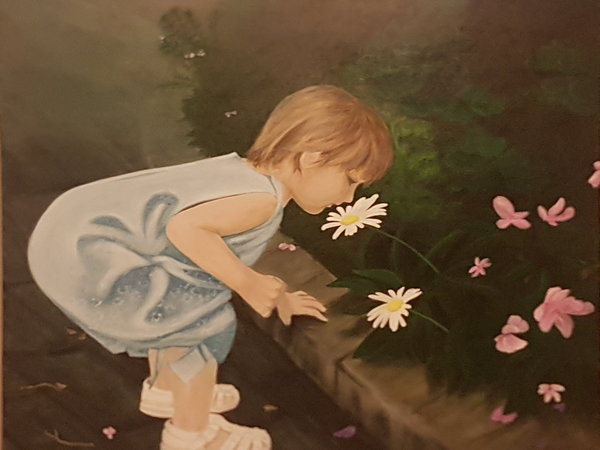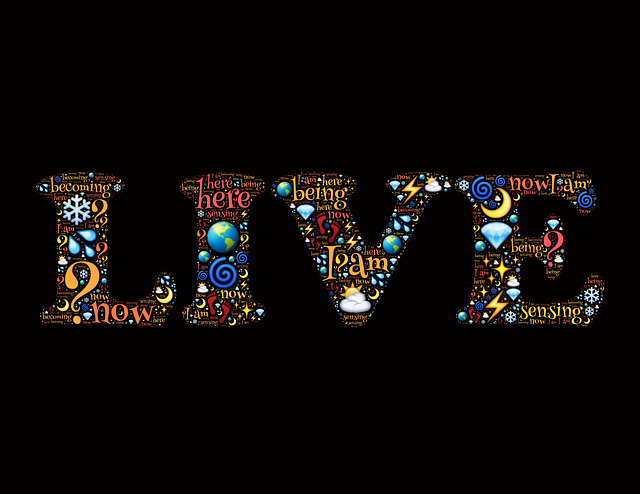Rheanna Hoffmann recently interviewed Frank Ostaseski on healing grief through compassion and love. Frank founded the Metta Institute whose mission is to provide innovative educational approaches to developing skills in “mindful and compassionate end-of-life care”. Rheanna herself is the founder of The Whole Practitioner, dedicated to helping nurses move beyond frustration and burnout to “rediscover, health, balance and their core values”.
Frank and many other writers on the process of dying maintain that it is not just a medical event but is much broader and more holistic than this form of the mechanical model. Increasingly, research is confirming too that consciousness is more than our physical brains. Frank argues that the unwillingness in our culture to talk about death and the dying process is preventing us from learning the lessons that the dying can teach us and our children. He contends that if we learn about the dying process and face the reality of our inevitable death, we can better appreciate the “preciousness of life” and live our lives more fully and in alignment with our values and purpose.
The process of dying
Frank describes dying as a process of “stripping away”. It’s as if everything that is associated with our “ego” – our sense of self – is peeled away. Undoubtedly, our mental and physical capacities decline, and this begins with the aging process. But the stripping away is much more than that – it is losing attachment to everything including our spouse or partner, our home, our roles, our possessions, and the animals in our life. Frank also talks about dying as a “sacred process of transformation” through which we see things in a new light, have a deeper understanding of the meaning of life and the value and true purpose of our own life – in other words “an awakening”, no longer limited by our concept of a “small separate self”.
Peter Fenwick, when talking about What Really Happens When We Die, suggests that the more we hold on to our ego needs and refuse to let go, the more difficult is the dying process. Living our life in a selfless way – not totally self-centred — makes the process of dying easier because we are not absorbed in holding on to our attachments. Being “other-centred” in the pre-transition phase of our life makes dying easier and enables the final transformation that Peter describes as entering a “spiritual domain” where you lose your identity as a separate self and become identified with the total cosmos – the universal whole.
Peter discusses the change in our level of consciousness in the light of research into Near Death Experience (NDE). He maintains that consciousness research focused around NDE experiences confirm a “widening of consciousness” that manifests in:
- Losing the self-narrative – the self-talk that we employ to boost or deflate our egos
- Being just in the moment – not absorbed in the past or anxious about the future
- Experiencing “unbelievable” happiness
- Tending to be transcendent – losing a sense of duality (our self and others) and becoming merged with the cosmos.
Peter has co-authored The Art of Dying with Elizabeth Fenwick which provides personal accounts from those who have been dying and people (healthcare professionals, carers and family) who have been with them and supported them in the process of dying. The accounts discussed, as well as other research into NDE experiences, confirm that consciousness is much more than our physical brains. Monica Renz, author of Dying: A Transition, provides a process-oriented approach to end-of-life patient care that incorporates confirming the dignity of the patient, understanding the transition process of dying and being able to sensitively engage in the symbolic journey described by dying patients. Her observations and detailed accounts are based on attending 1,000 cancer patients during the process of dying. Monica describes the dying process as both an archetypal and a spiritual process and contends that, in the process of transition, patients move through fear into a “space of peace, acceptance, dignity and tranquillity characterised by connectedness and even luminosity”.
Reflection
Our cultural blinkers blind us to the reality of the dying process and the nature of our own inevitable death. As we become more aware of the dying process through our own research and study, we can learn to appreciate how precarious our life is and how precious is the process of both living and dying. As we grow in mindfulness through meditating on death and reflecting on its implications for how we live our life, we can progressively come into more alignment with our life force, our values and our life purpose.
____________________________________________
Image by Hans Braxmeier from Pixabay
By Ron Passfield – Copyright (Creative Commons license, Attribution–Non Commercial–No Derivatives)
Disclosure: If you purchase a product through this site, I may earn a commission which will help to pay for the site, the associated Meetup group and the resources to support the blog.




